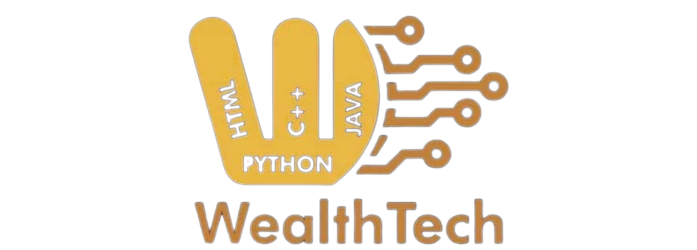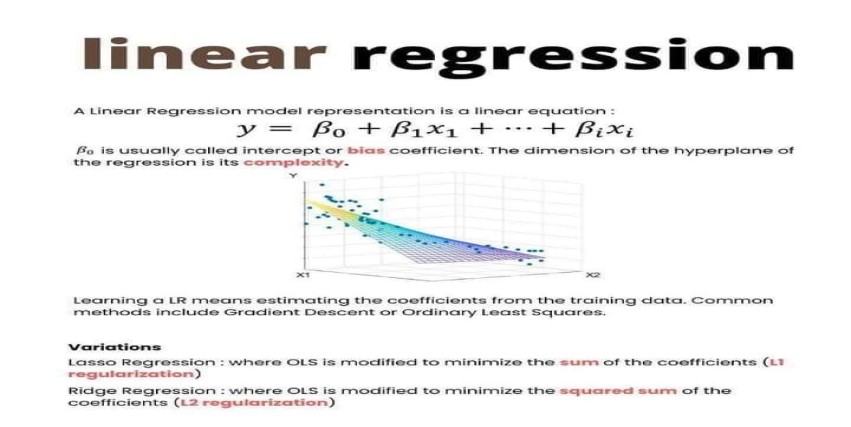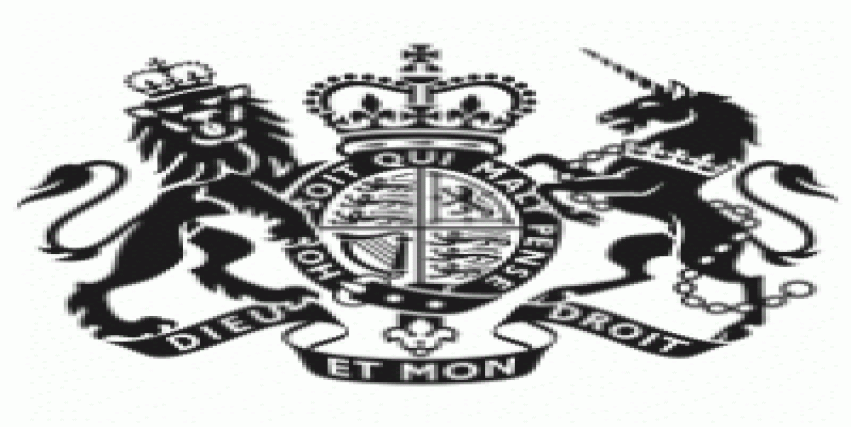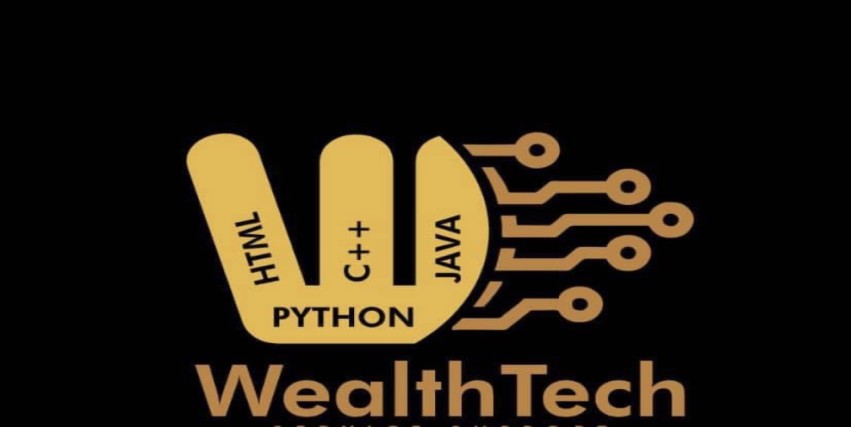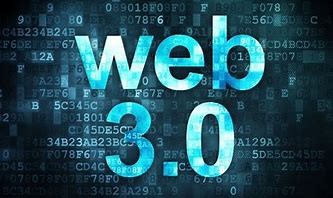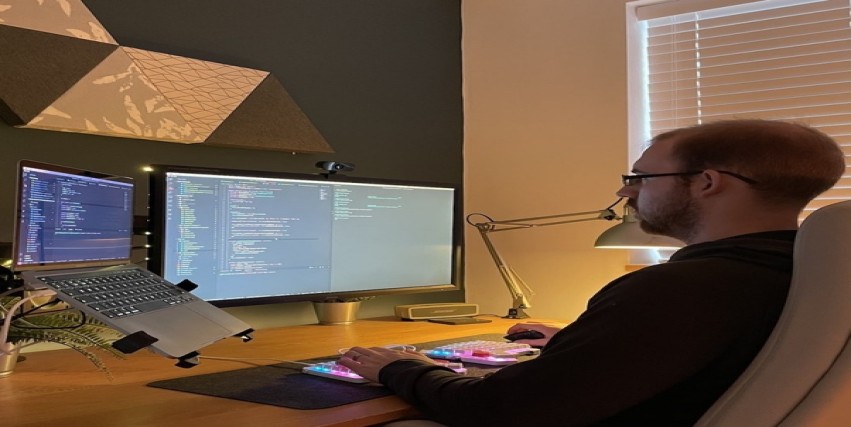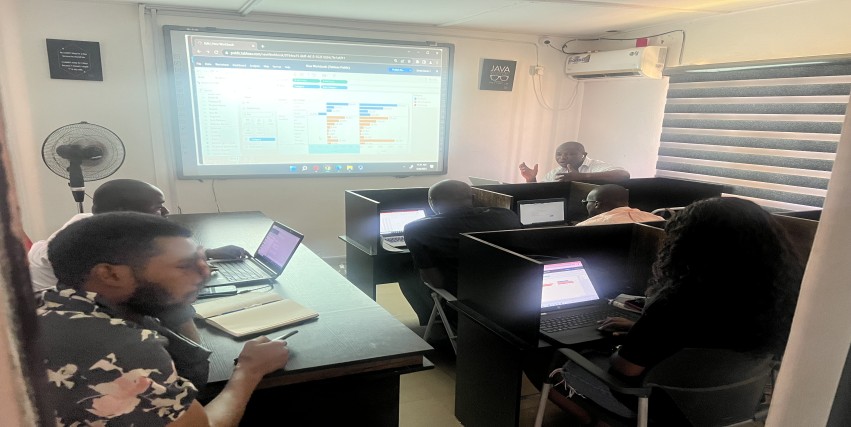11 Practical Things That Helped Me Land My First Data Science Job
Over the last 3 years, I have changed careers from working in Project Management/Data Analysis to becoming a Data Scientist.
In this article, I’m going to talk about 11 things that helped me make this transition and get my first Data Scientist job.
There’s no way to sugarcoat it: getting a job in data science/ML/AI is hard, and it will require a lot of work. But if you’re willing to put in the effort, this article will help you be more strategic about how you spend your time and energy. By sharing my own personal experiences, I want to try and help you cut through the noise and the marketing fluff that surrounds the industry. Because data science is such a hot industry, there are a lot of people trying to sell you stuff (courses, equipment, data, certifications, etc.), and in my experience this makes it really difficult to know which advice to trust, and which to ignore.
In this article, I can promise you that I’m not trying to sell you anything. My aim is simply to give an honest account of my personal experience getting started in the field, in the hope that it helps you on your journey.
With that said, let’s get into it.
Code every day
The first thing that helped me was coding every day. Well, maybe not every day; there’s more to life than data science. But if you’re thinking about getting into the field, there’s no better way to prepare than coding regularly.
Why? Well, at risk of stating the obvious, because that’s what you’ll be doing most days as a Data Scientist.
The added bonus of this is that it’s a really good way to test the water and see if you actually want to become a Data Scientist. You might be drawn to the career by the big salaries or the hype around technologies like ChatGPT, and while those aren’t bad reasons to get interested in AI, it’s also really important to consider whether you’d actually enjoy the day-to-day work of being a Data Scientist. By spending just 20 minutes each day coding, you’ll quickly get a sense for whether you enjoy the kind of work that Data Scientists and ML Engineers do.
Which coding language(s) should you learn? You’ll get different opinions about this, but I would recommend starting with Python. Spend some time getting used to the Python libraries pandas, numpy and matplotlib, for example by completing the Open University’s free online course Learn to Code for Data Analysis. Then, once you’re starting to get the hang of those, move onto the fun stuff: machine learning. Start with scikit-learn and then, once you start getting bored of model.fit() and model.predict(), have a go at some deep learning with PyTorch or TensorFlow.
Alongside this, try learning SQL, which is used by Data Scientists for data collection and preprocessing. Together, Python and SQL will form the bread and butter of your daily work as a Data Scientist, so they’re an excellent place to start.
Become a Citizen Data Scientist
The next thing that helped me was incorporating data science into my existing roles. My advice to you would be the same: don’t wait until you’re “officially” a Data Scientist before you start thinking like one. Instead, become a ‘Citizen Data Scientist’ by findings to include data analysis in your everyday work.
For example, you could volunteer to take on some of your current team’s reporting tasks, or try doing some analysis that helps refine the team’s strategy. When I was in my previous (non-Data Science) team, I became “the data guy” by offering to help people with their analyses and making some interesting reports and data visualisations. Of course you have to balance this with your day job’s responsibilities, but if you can find a way to incorporate data, this is a great way to add value to your current team while also building your own skills and experiences.
If you work in a big company which already has a Data Science team, an easy way to become a Citizen Data Scientist is by reaching out to someone in that team, explaining your ambitions and asking whether there are any projects that you could support with. Chances are that they’ll be more than happy to have to your support, as it’s a bit of a win-win situation for them, too.
Create an online portfolio
This was a game-changer for me. In my previous article, I wrote about how creating a portfolio helped me gain traction with recruiters and ultimately land my first Data Scientist job. It also helped with motivation because it gave me a tangible “thing” I could continually work on and improve.
There are no strict rules on what to put in your portfolio. You can fill your portfolio with projects from online courses, side projects, whatever really. The more interesting/unique the better, but equally don’t kill yourself trying to do something crazy fancy. The portfolio is never going to get you the job; it’s more about starting a conversation and getting your foot in the door.
If you’re stuck for ideas, try looking through some projects on Kaggle. Personally I never used Kaggle as I was able to fill my portfolio with coursework projects from the various data science and ML courses I was taking, but Kaggle is definitely a great resource if you need ideas.
Network with other Data Scientists
You might be thinking: why does networking matter? Can’t I just learn online?
Once upon a time, I might have agreed with you. But the thing is: a lot of the advice you read online won’t be suitable for you, either because it’s (1) out of date, (2) not relevant in your geographical location or industry, or (3) making assumptions about the reader which don’t apply to you. The world of AI changes fast, and you need to speak to local Data Scientists to get an up-to-date, personalised view of the industry. I know this can be daunting, but it’s super important and will help you enormously. Put it this way: you don’t want the first Data Scientist you meet to be the interviewer for your first job!
If the idea of networking freaks you out, don’t worry, it did for me, too. But it’s actually a lot simpler than you might think. Start by following some Data Scientists and AI publications on social media. This is a brilliant way to keep your finger on the pulse with what’s happening in the industry. In terms of publications and platforms, I’d particularly recommend following Towards Data Science and HuggingFace. For influencers, you can start with people like Andrew Ng, Chris Albon and Jay Alammar.
Next, if you work in a company that has a Data Science team, reach out to a couple of people in the team and ask if they fancy a coffee to chat about their experiences. If there’s no one suitable at your company, try reaching out to Data Scientists at other companies on LinkedIn. You might need to try a few before you get any responses; people are very busy! But persevere and eventually you’ll find someone willing.
Also, don’t worry about “getting it wrong”. Remember that every great data scientist and AI pioneer started out in exactly your position: a beginner. People generally have natural empathy for those in situations they’ve been in themselves, and my bet is that you’ll be surprised by how many people are willing to give a helping hand.
Get a relevant qualification or certification
I’d be lying if I pretended this didn’t play a big part in my journey. The first certification I got in data science was the IBM Professional Data Science certificate. That in turn helped me get into my master’s program, the MSc in Social Data Science at Oxford University, which in turn helped me get my first job.
It’s important to say that you don’t necessarily need a degree in Data Science to get into the field. In my current Data Science and AI team, I reckon that less than 50% of the team have degrees in Data Science or ML. A more typical path to follow (especially if you already have another degree) is to complete some online courses and bootcamps and “top up” any missing skills. If you want to know more about why I decided a master’s degree was right for me, check out this article where I shared some thoughts on this.
Do an internship (or two)
If you don’t have any prior commercial experience in data science, it can be difficult to convince employers to take you on. That’s where internships can really help. In my case, I did an informal unpaid internship during my master’s programme, and then a paid internship for 4 months immediately afterwards. Both of these things helped me convince future employers that I had what it takes, and also helped me learn some practical data science skills which are difficult to learn through online courses (e.g., git/GitHub and GCP/AWS).
To find internships, you’ve got two options. First, you can apply to internships posted on public jobs boards liked LinkedIn, Indeed or Otta (my personal favourite). The problem with this strategy, however, is that everyone else is pursuing the same strategy, and it can be really hard to get an internship when there are hundreds (or even thousands) of others applying for it.
The second option is to reach out to smaller, less famous companies directly. This has always worked very well for me. Write a friendly email explaining what you’re looking for and what you can offer, cast a wide net, and you’ll find something.
Also, I want to acknowledge that taking an unpaid internship isn’t going to be an option for everyone. If this is you, don’t feel disheartened: there are plenty of other ways to get the required commercial experience. For a start, you can check out these free virtual experiences compiled by Yash Gupta:
Be strategic about where you apply
Don’t just apply to the big names or to places that everyone else is applying. Take the time to think about what you’re really looking for, and what kind of environment you want to work in. For me, after lots of reflection, I felt strongly convicted that the Media sector was where I wanted to be, so I only applied to companies in that sector.
Once you’ve decided where to apply and submitted your applications, study the job spec and learn everything you can about the interview process. You don’t want to be caught out with any unexpected surprises!
Don’t undersell the value of your previous experience…
Even if you haven’t worked in Data Science before, I can guarantee that your experience will be relevant: you just have to find a way of communicating that.
Back yourself.
For me, this meant emphasising the communication and storytelling skills I had learned through making umpteen presentations, and the stakeholder management skills I’d learned in difficult project meetings. These soft skills are highly relevant in a Data Science context; you just have to make it clear how they translate.
… but don’t overrate yourself
Be realistic in your assessment of your skills. You might have tonnes of experience in an adjacent field, but it doesn’t mean you’ll be able to make a straight sidestep into data science. Accept that you might need to take an intermediate step before you land the dream role in Data Science: for example, you might need to take an internship, a less senior position, or a technical Data Analyst role. I’m not saying lower your ambitions — still aim for the sky! But accept that you might need to take an intermediate step before you get there.
Be patient
Changing careers can be hard, and it can take time. You won’t get there overnight. But with a little patience and perseverance, you’ll make it.
Remember that there’s more to life than Data Science
Take a day off every week. Remember why you’re doing this. Don’t neglect your health or the relationships in your life for the sake of your career. All that important stuff.
Honestly, I’m preaching to myself on this one. But no career is worth sacrificing all of that stuff, not even data science. In the words of a Middle Eastern sage (Jesus), “What kind of deal is it to get everything you want but lose yourself?” (The answer: a pretty rubbish one).
Thanks for reading — I hope this has been helpful. Feel free to let me know what you think!
